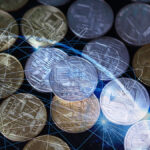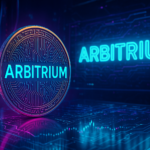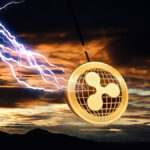The debate surrounding the tokenization of U.S. gold reserves using blockchain technology is heating up, generating significant interest within the cryptocurrency sector. The rising popularity of Bitcoin, coupled with advancements in digital asset management, has intensified discussions about the transparency and security of public reserves. While tokenization promises improved transaction ease and security, concerns regarding centralized control persist.
Why Are Gold Reserves Under Scrutiny?
For years, the gold reserves at Fort Knox have been a topic of public fascination and skepticism. Recent remarks from notable figures like Elon Musk and Donald Trump have reignited doubts about the actual existence of these reserves. Trump’s call for audits at Fort Knox has particularly fueled public speculation.
How Does Tokenization Differ from Cryptocurrencies?
Scott Bessent from the U.S. Treasury mentioned that an audit on September 30, 2024, confirmed the existence of all gold reserves. However, critics argue that audit processes still lack transparency. Digitizing these reserves could improve public trust and lead to better government technology integration.
The concept of tokenization is emerging as a significant discussion point. By leveraging blockchain’s immutable records, asset management could become more secure and transparent. However, the reliance on central authorities for control raises important concerns.
Tokenization allows physical assets to be digitally represented but often requires a central authority for governance. According to Greg Cipolaro from NYDIG, this contrasts sharply with the decentralized nature of Bitcoin, where transactions rely on mathematical validation rather than trust in any governing body.
- Tokenization may lead to increased awareness of cryptocurrencies.
- It could attract new participants to the digital asset market.
- Despite its limitations, tokenization seeks to enhance financial literacy.
The ongoing dialogue about the potential of blockchain in managing gold reserves highlights the complexities of asset digitization. As the conversation evolves, it is clear that the intersection of traditional assets and modern technology will remain a focal point in the financial landscape.













